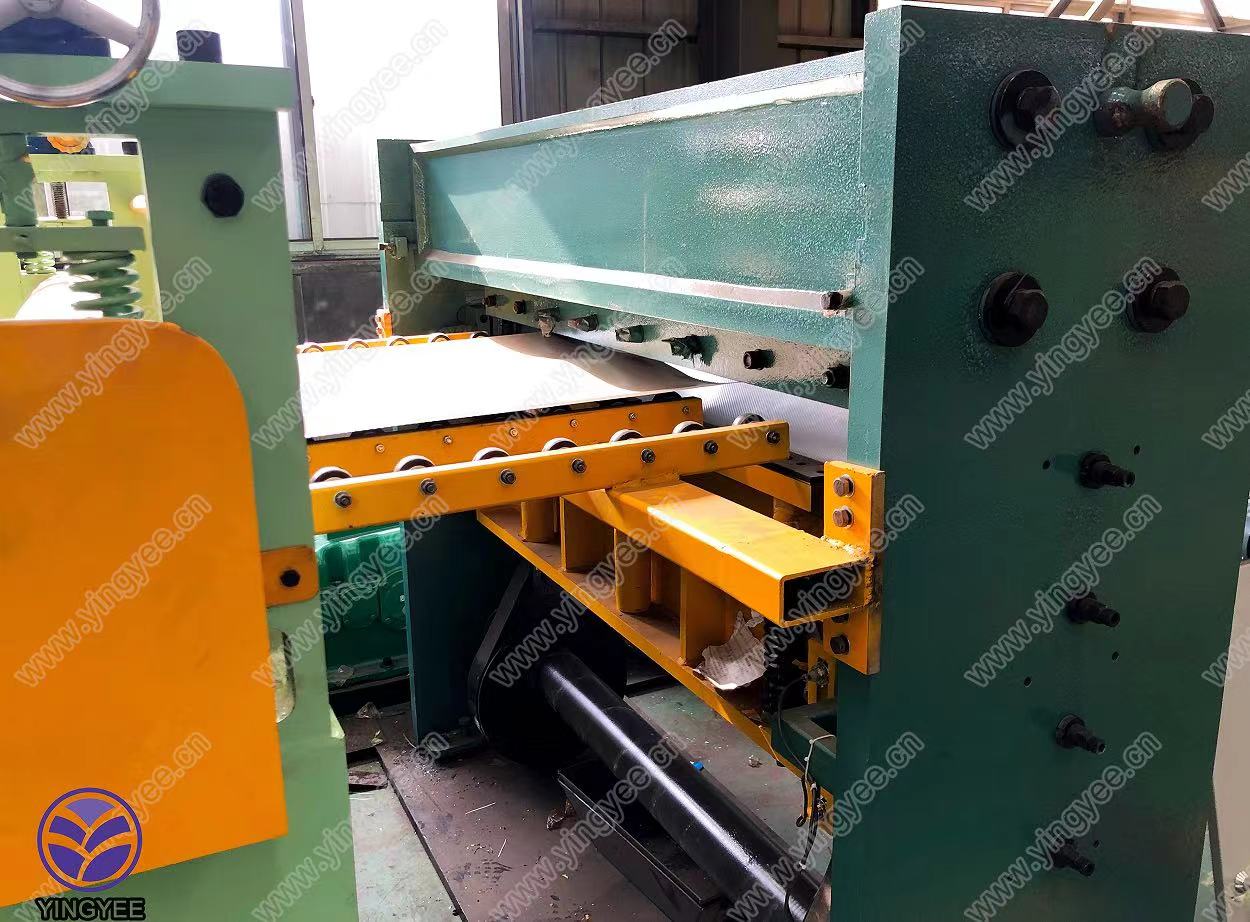
The Production Line of Roof Tiles A Comprehensive Overview
In the construction and architectural industries, roof tiles play a crucial role in ensuring not only the aesthetic appeal of buildings but also their durability and weather resistance. The production of roof tiles has evolved significantly over the years, thanks to advancements in technology and manufacturing processes. This article explores the intricacies of a roof tile production line, highlighting its key components and the steps involved in transforming raw materials into finished products.
The roof tile production process begins with the selection of raw materials. The most commonly used materials include clay, concrete, and synthetic substances. Clay roof tiles are preferred for their natural look and longevity, while concrete tiles offer strength and versatility. Synthetic tiles, made from polymers, are increasingly popular due to their lightweight nature and resistance to fading. The choice of material greatly influences the production line setup.
Once the raw materials are sourced, the production process begins with the crushing and grinding of these materials into a fine powder. The grinding process is critical as it ensures a consistent texture that is essential for high-quality tile production. After grinding, the powder is mixed with water and additives to achieve the right consistency. This mixture, known as the slip, is then shaped into tiles using various molding techniques, depending on the desired tile style and size.
Shaping the tiles can be done through different methods, including extrusion and compression molding. Extrusion is often used for producing long, uniform tiles, while compression molding is suitable for creating intricate designs. Once shaped, the tiles are removed from the molds and prepared for drying.

The drying stage is vital to reduce moisture content, which can lead to cracking during the firing process. Tiles are typically dried in large industrial drying chambers where they are subjected to controlled temperature and humidity conditions. This process can take anywhere from several hours to days, depending on the material used and the production scale.
After drying, the tiles undergo a firing process in a kiln. This step is crucial as it hardens the tiles, enhancing their strength and durability. The firing temperature can reach up to 1,200 degrees Celsius, and the duration of this stage can vary based on the materials and desired properties of the tiles.
Once the tiles have been fired and cooled, they are inspected for quality assurance. Each tile is checked for size, color uniformity, and structural integrity. Any defective tiles are removed from the batch to ensure that only the highest quality products reach the market. Following inspection, the tiles are ready for finishing touches, which may include glazing or painting, depending on the desired final look.
The final stage in the roof tile production line is packaging and distribution. Finished tiles are carefully packaged to prevent damage during transportation and delivered to retailers or construction sites.
In conclusion, the production line for roof tiles is a complex yet efficiently organized process, where various stages—from raw material selection to final packaging—ensure that high-quality, durable products are created. This comprehensive approach not only meets the demands of construction projects but also contributes to the long-lasting beauty and protection of structures around the world. The continuous advancements in technology promise even greater efficiency and sustainability in the future of roof tile production.